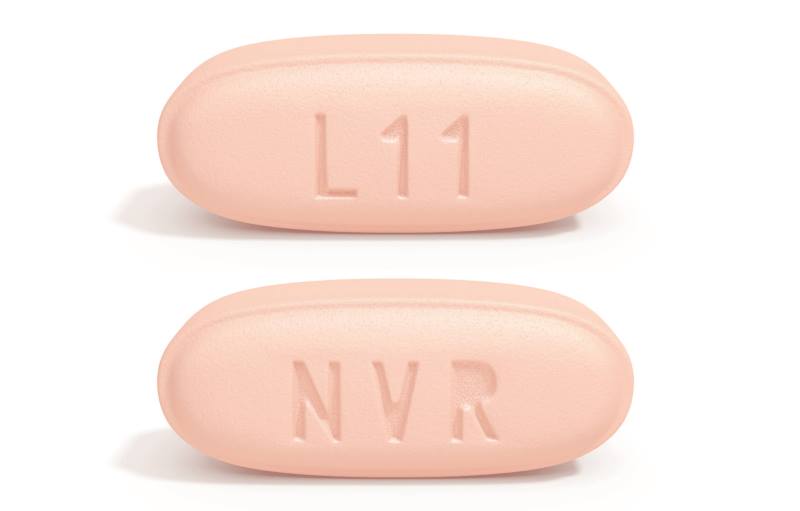Novartis last year launched an unbranded campaign called Understanding Heart Failure.
Novartis’ new heart-failure drug Entresto generated $21 million in sales in 2015, and the company attributed the slow adoption to limited access in the US.
Entresto, which received FDA approval in July, had slow sales growth of $5 million in the fourth quarter of 2015 due to patients’ limited access—in many cases, the drug required physicians to request prior authorization. However, Novartis said patient access has improved substantially as of January this year. Forty-four percent of Medicare patients and 57% of commercial insurance patients have access to Entresto, and 26% of Medicare patients and 21% of commercial insurance patients can access the medication with lower co-pays.
See also: Novartis: Cardiologists slow to advocate on behalf of new drugs
In Europe, Entresto has experienced fewer hurdles. The drug’s initial uptake in Switzerland was five times that of the US due to unrestricted access. In the same month, the European Commission approved the drug for the treatment of adult patients of symptomatic chronic heart failure with reduced ejection fraction.
Overall, Novartis reported a 5% increase in net sales to $49.4 billion in 2015, compared to $52.2 billion last year. Sandoz, the drugmaker’s generics business, reported a 7% sales increase to $9.2 billion in 2015. Novartis said the successful launches of Entresto, immunosuppressant Cosentyx and biosimilar Zarxio contributed to the company’s overall growth.
But Novartis presented a new growth plan for eye-care business Alcon amid declining sales. The company reported net sales of $9.8 billion in 2015, a 1% decline from last year. In a fourth quarter and year-end earnings call on Wednesday, Novartis attributed the decline to insufficient innovation, reduced customer focus and underdeveloped capabilities in operations and systems.
According to the pharmaceutical giant, there is a high demand for the ophthalmology sector. The sector as a whole brings in more than $40 billion in sales a year and is expected to grow 5% a year due to the aging population. Investing in R&D and marketing, strengthening customer relationships, improving pricing and maximizing new launches for intraocular lenses are key components in Alcon’s growth plan.








